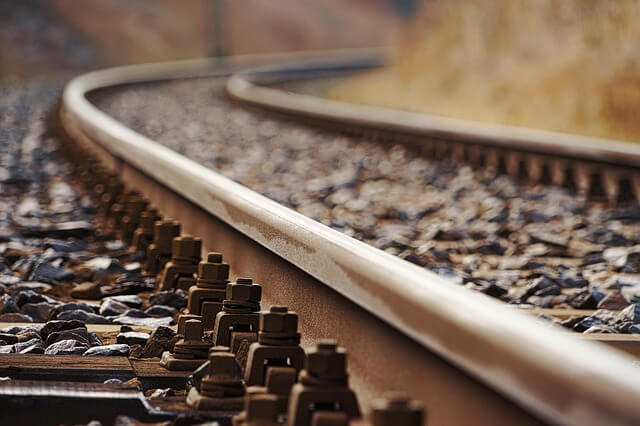Weight of Rail Per Meter Length in India
Rails are usually specified by their weight. If any rail has a section XR, it implies that the weight of the rail section per meter length is X kg.
For example, 35 R rail section means the wight of the rail section per meter length is 35 kg, and same as for 55 R, 45 R, 30 R, 25 R rails section.

Following are the standard rail sections with their weight as per Indian Railway.
| S. No | Gauge | Rail Section | Weight (kg per meter) |
| 1. | Broad Gauge(B.G) | 55 R 45 R 35 R | 55 45 35 |
| 2. | Meter Gauge(M.G) | 35 R 30 R 25 R | 35 30 25 |
| 3. | Narrow Gauge(N.G) | 25 R | 25 |
In India, 45 kg weight rail for B.G and 25 to 30 Kg weight rails for M.G are used.
It is proved experimentally that 55 kg/m rail is more suitable than a 45 kg/m rail for B.G. track.
How to determine the Maximum Axle load?
The axle loads on locomotives directly depend on the weight of rails used in the track. Following is the rule used for determining the maximum axle load of a given rail section.
Maximum axle load = 512 * Weight of rail section in kg per meter or Ibs per yard.
For Example: 45 R rail section
In this case, the weight of the rail section will be 45 kg per meter. Hence, the maximum axle load = 512 * 45 = 23040 kg = 23.04 tonnes.
Read More: